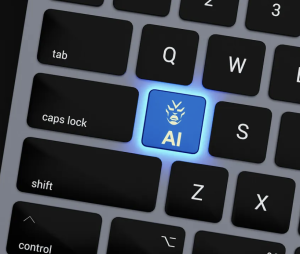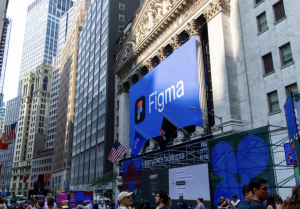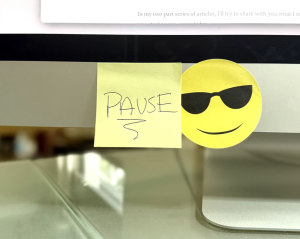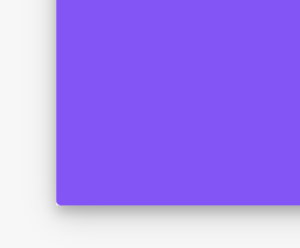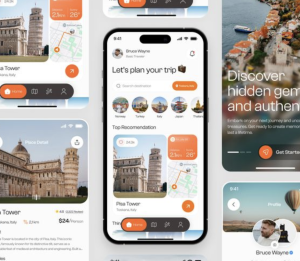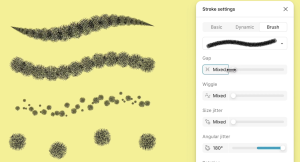Navigation-Less Designs by 2030
If you’ve ever opened a B2B app and felt like you were fighting a maze of menus, tabs, and dashboards — you’re not alone. Traditional navigation was once the backbone of digital products. But today, it feels less like guidance and more like a tax. Every click, every search, every hover-over is a micro-burden that slows people down.

